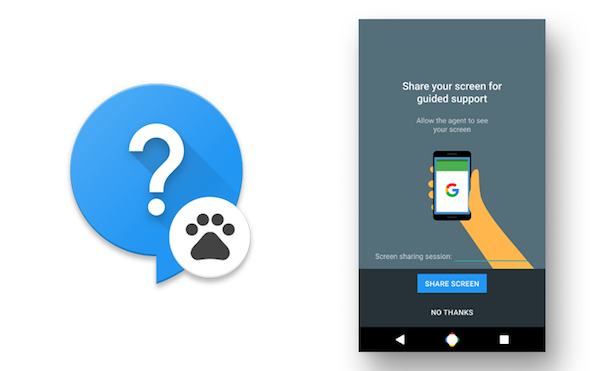Last week, Google released the second Developer Preview of Android N, which among a plethora of minor changes also hints at upcoming support for Virtual Reality in the OS. The final release of Android N is still months away, so it is possible that Google can remove whatever traces of VR we are seeing in the second DP of Android N.
Spotted by many developers and advanced users is a new API in the Settings menu. Found nestled beneath the Special Access section under the configure Apps option, “VR Listener” and “VR Helper”, point towards apps having a VR compatible mode. Looking similar to the “Notification Access” screen for Android Wear, this option seems like a notification permissions screen for apps that plug into the API.

There is also a warning that appears under the VR Settings that states that “[App name] (sic) will be able to run when you are using applications in virtual reality mode.” Since there is the lack of apps that can be used to test the same, we are only left with speculations about the feature. For now, all we can say is that this setting will allow an app to do something, when it is in the VR mode. It will also do the said something, by somehow, doing something else.
This seems like a great step forward for Google, who, until now, was far behind on tapping into the VR market. Apart from the Cardboard initiative, there was little news of virtual reality from Google, though a VR device has been touted for long. During this time, Oculus, Samsung and HTC had pushed ahead and developed some interesting products. With the VR Listener and VR Helper API being released on the Android N Developer Preview, there is renewed confidence that Google is pushing for virtual reality on Android. It makes sense to do the same as Samsung Gear VR, Project Tango and Google Cardboard all run a virtual reality or augmented reality mode on an Android framework.
The updated Android N framework also sprouts a new hardware support flag called “config_sustainedPerformanceModeSupported.” Sustained performance mode would help reduce the load on the GPU and CPU when the app is running. This prevents one from hitting the chips internal thermal limit and being booted out of the app. An issue that early users of Gear VR are familiar with.
Even though there maybe an API for VR support, there is little that one can speculate about the features and the benefits to the end user. For now all we can say is that it does something and we hope that its a nifty and useful feature.
Are you excited about seeing an increase in virtual reality entering the mobile world? What are some other VR integrations that you would like to see? Let us know your thoughts below.
[Via Ars Technica]
















